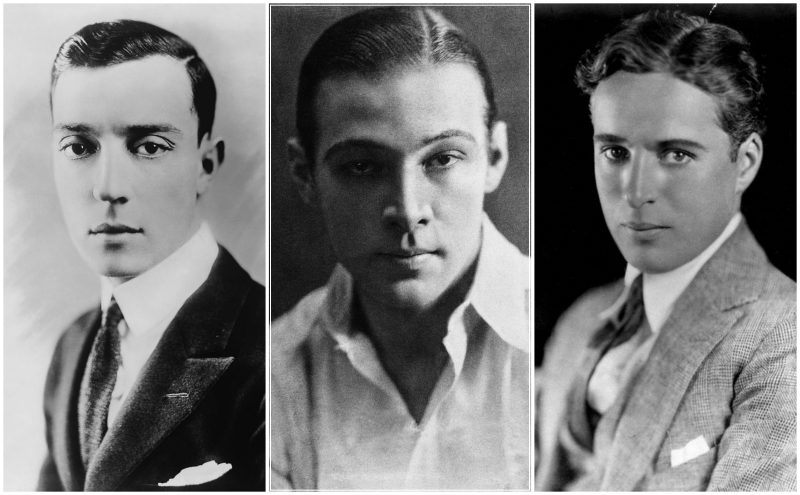The 1920s saw a vast expansion of Hollywood film making and worldwide film going. Throughout the decade, film production increasingly focused on the feature film rather than the “short” or “two-reeler.” This is a change that had begun with the long D.W. Griffith epics of the mid-1910s. In Hollywood, numerous small studios were taken over and made a part of larger studios, creating the Studio System that would run American film making until the 1960s. MGM (founded in the middle of the decade) and Paramount were the highest-grossing studios during the period, with Fox, Universal, United Artists, and Warner Brothers making up a large part of the remaining industry.
10.Max Schreck
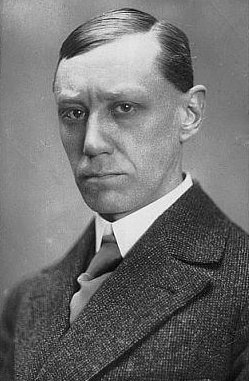
For three years between 1919 and 1922, Schreck appeared at the Munich Kammerspiele, including a role in the expressionist production of Bertolt Brecht’s début, Trommeln in der Nacht (Drums in the Night) (in which he played the “freakshow landlord” Glubb).During this time he also worked on his first film The Mayor of Zalamea, adapted from a six-act play, for Decla Bioscop.In 1921, he was hired by Prana Film for its first and only production, Nosferatu. The company declared itself bankrupt after the film was released to avoid paying copyright infringement costs to Dracula author Bram Stoker’s widow, Florence Stoker.[5] Schreck portrayed Count Orlok, a character analogous to Count Dracula.
9.William Haines
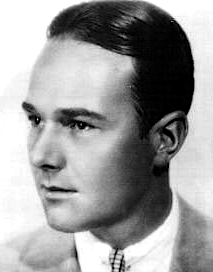
Haines was discovered by a talent scout and signed with Metro-Goldwyn-Mayer (MGM) in 1922. His career gained momentum when he was loaned out to Columbia Pictures where he received favorable reviews for his role in The Midnight Express. Haines returned to MGM and was cast in the 1926 film Brown of Harvard. The role solidified his screen persona, as a wisecracking, confident leading man. By the end of the 1920s, Haines had appeared in a string of successful films and was a popular box office draw.
8.John Gilbert
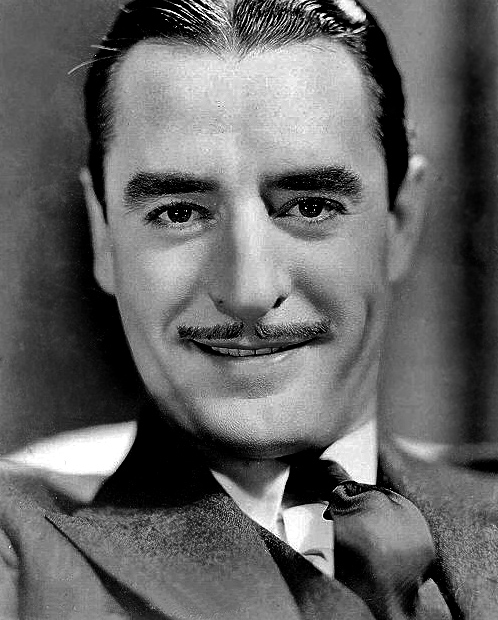
He rose to fame during the silent film era and became a popular leading man known as “The Great Lover.” At the height of his career, Gilbert rivaled Rudolph Valentino, another silent film era leading man, as a box office draw.
Gilbert’s popularity began to wane when silent pictures gave way to talkies. Though Gilbert was often cited as one of the high-profile examples of an actor who was unsuccessful in making the transition to talkies, his decline as a star had far more to do with studio politics and money, than with the sound of his screen voice, which was rich and distinctive.
7.Harold Lloyd
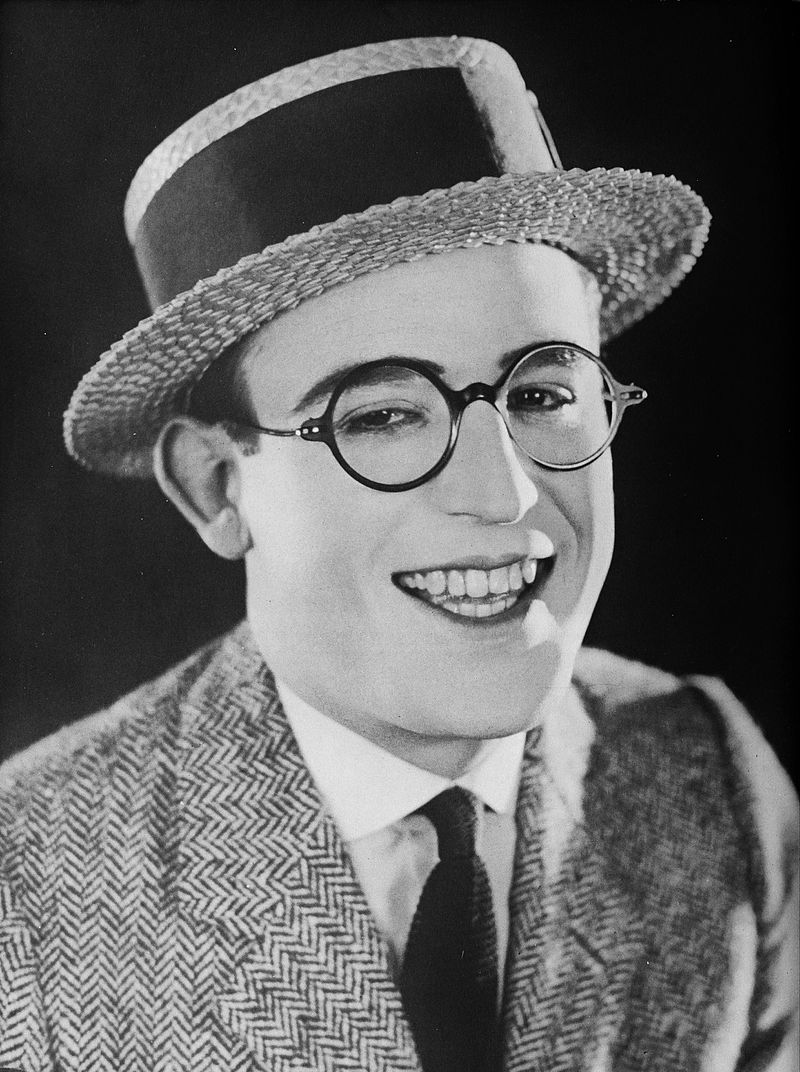
Harold Lloyd ranks alongside Charlie Chaplin and Buster Keaton as one of the most popular and influential film comedians of the silent film era. Lloyd made nearly 200 comedy films, both silent and “talkies”, between 1914 and 1947. He is best known for his bespectacled “Glasses” character, a resourceful, success-seeking go-getter who was perfectly in tune with 1920s-era United States.
6.Rudolph Valentino
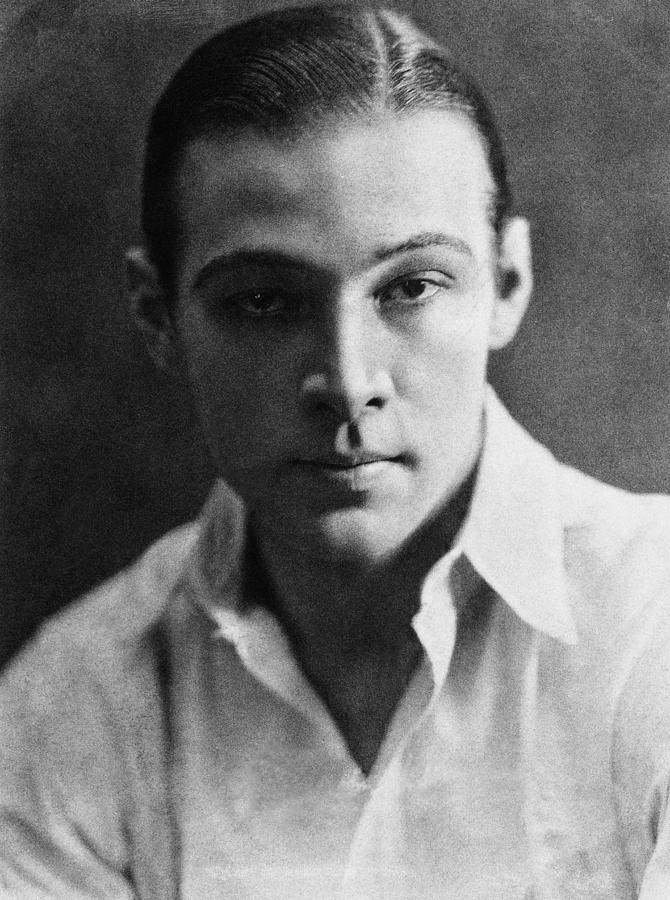
Rudolph Valentino was an Italian-born American actor who starred in several well-known silent films including The Four Horsemen of the Apocalypse, The Sheik, Blood and Sand, The Eagle, and The Son of the Sheik. An early pop icon, a sex symbol of the 1920s, he was known as the “Latin Lover” or simply as “Valentino”. He had applied for American citizenship shortly before his death, which occurred at the age of 31, causing mass hysteria among his female fans and further propelling him into iconic status.
5.Lon Chaney
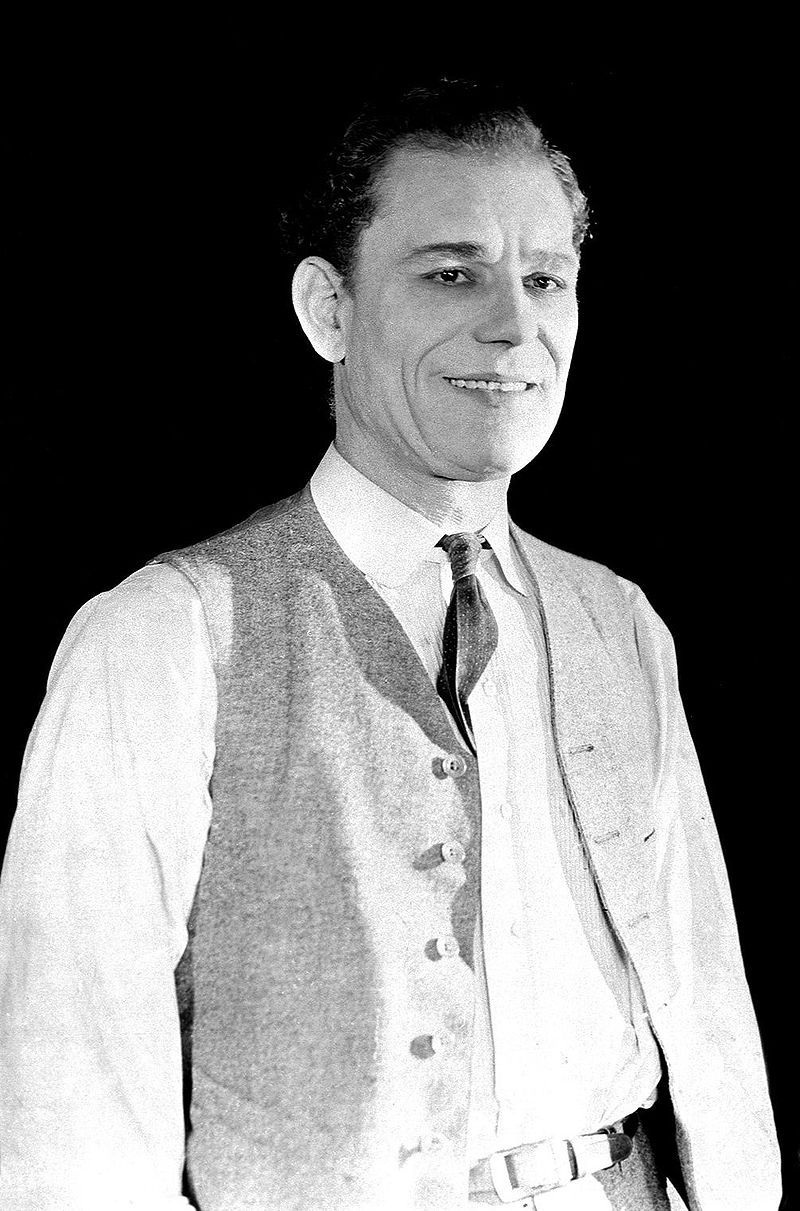
He is regarded as one of the most versatile and powerful actors of early cinema, renowned for his characterizations of tortured, often grotesque and afflicted characters, and his groundbreaking artistry with makeup. Chaney is known for his starring roles in such silent horror films as The Hunchback of Notre Dame (1923) and The Phantom of the Opera (1925). His ability to transform himself using makeup techniques he developed, earned him the nickname “The Man of a Thousand Faces.”
4.Buster Keaton
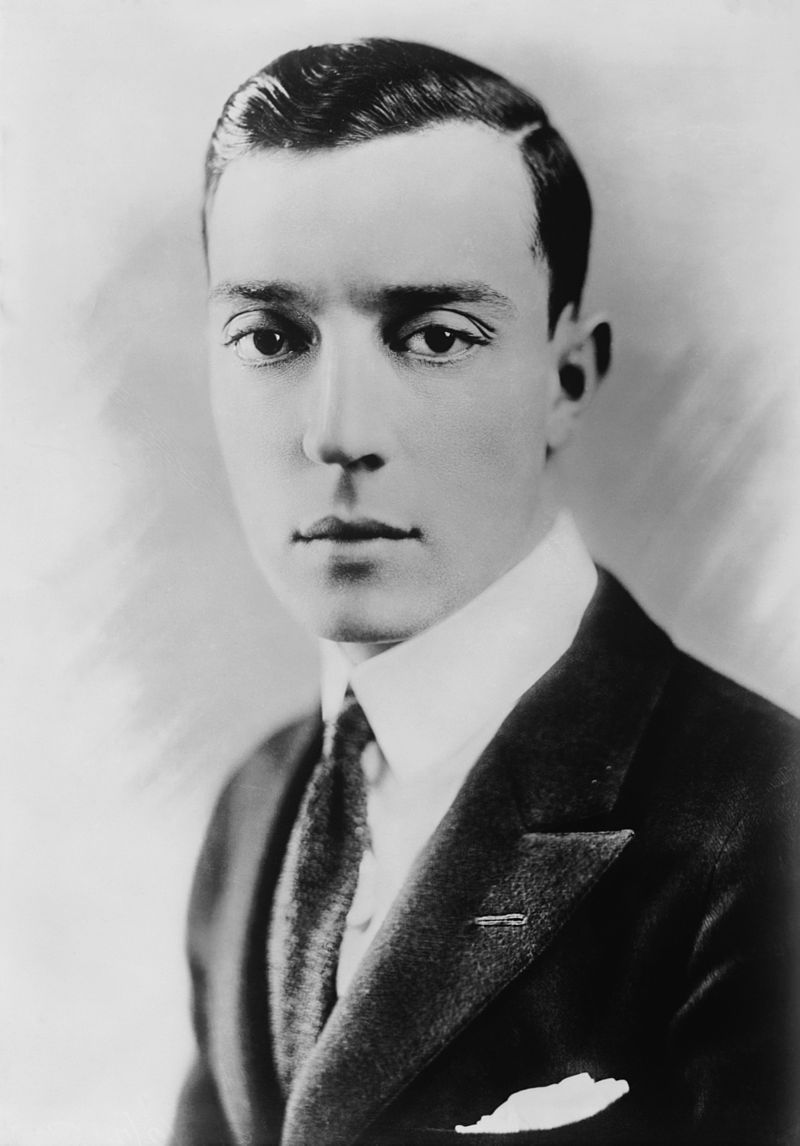
He was best known for his silent films, in which his trademark was physical comedy with a consistently stoic, deadpan expression, earning him the nickname “The Great Stone Face”. Keaton was recognized as the seventh-greatest film director by Entertainment Weekly. In 1999, the American Film Institute ranked Keaton the 21st greatest male star of Classic Hollywood Cinema. Critic Roger Ebert wrote of Keaton’s “extraordinary period from 1920 to 1929, [when] he worked without interruption on a series of films that make him, arguably, the greatest actor-director in the history of the movies”.His career declined afterward with a dispiriting loss of his artistic independence, when he was hired by MGM, which resulted in a crippling alcoholism that ruined his family life. He recovered in the 1940s, remarried, and revived his career to a degree, as an honored comic performer for the rest of his life, earning an Academy Honorary Award in 1959.
3.John Barrymore
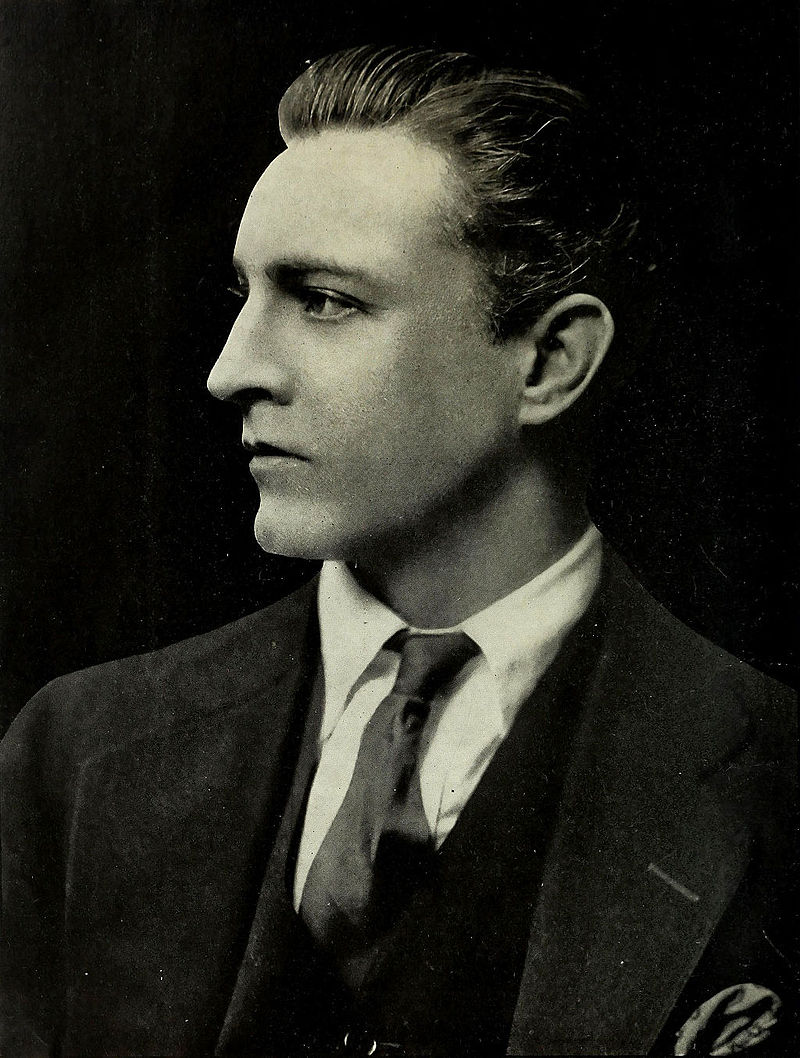
A member of the Drew and Barrymore theatrical dynasties, he initially tried to avoid the stage, and briefly attempted a career as an artist, but appeared on stage together with his father Maurice in 1900, and then his sister Ethel the following year. He began his career in 1903 and first gained attention as a stage actor in light comedy, then high drama, culminating in productions of Justice (1916), Richard III (1920) and Hamlet (1922); his portrayal of Hamlet led to him being called the “greatest living American tragedian”.
2.Douglas Fairbanks
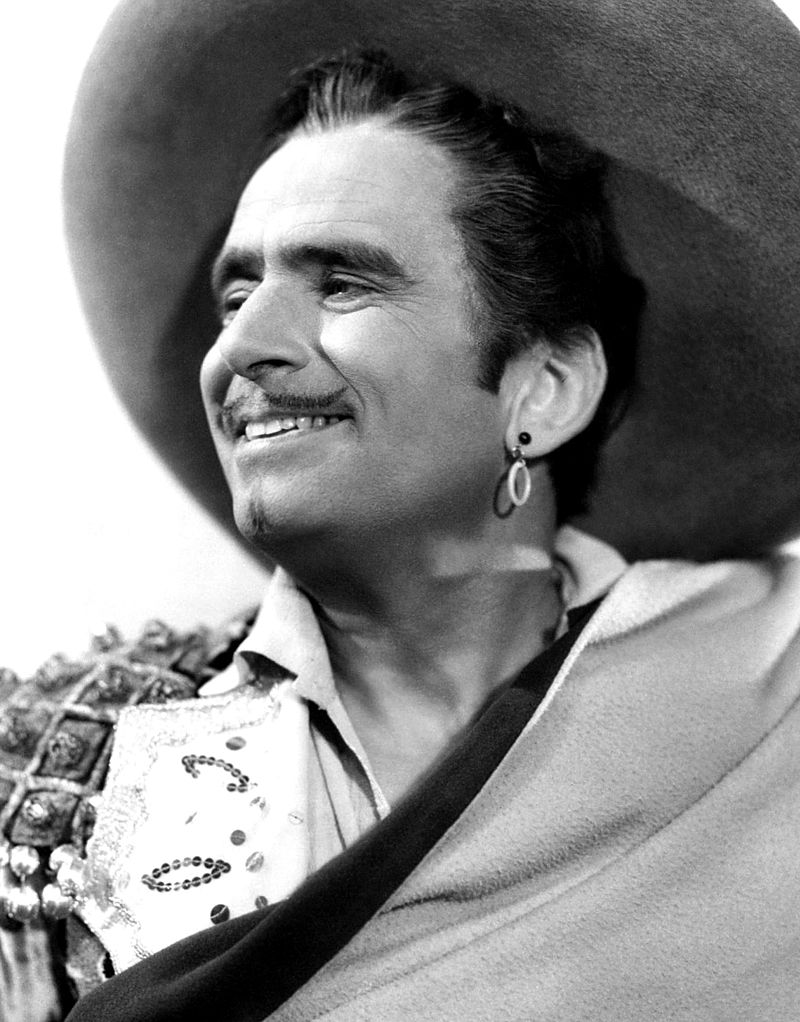
Fairbanks was a founding member of United Artists. Fairbanks was also a founding member of The Motion Picture Academy and hosted the first Oscars Ceremony in 1929. With his marriage to Mary Pickford in 1920, the couple became Hollywood royalty and Fairbanks was referred to as “The King of Hollywood”, a nickname later passed on to actor Clark Gable.
Though widely considered as one of the biggest stars in Hollywood during the 10s and 20s, Fairbanks’ career rapidly declined with the advent of the “talkies”. His final film was The Private Life of Don Juan (1934).
1.Charles Chaplin
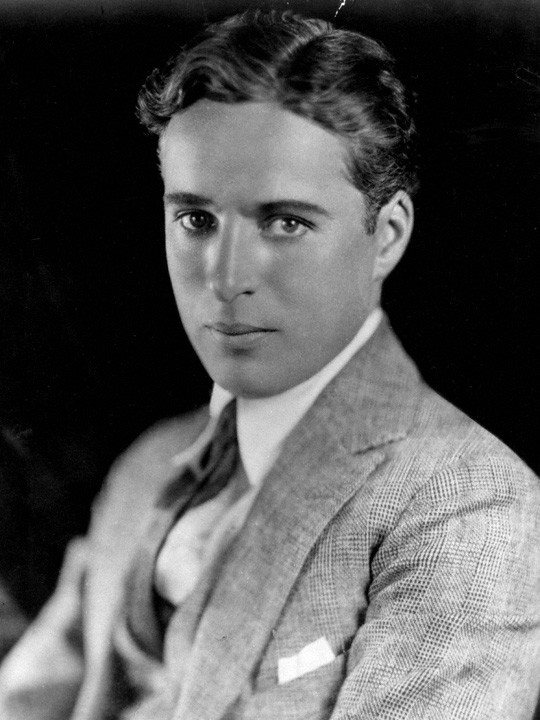
An iconic comic actor, filmmaker, and composer who rose to fame in the silent era. Chaplin became a worldwide icon through his screen persona “the Tramp” and is considered one of the most important figures in the history of the film industry.In 1919, Chaplin co-founded the distribution company United Artists, which gave him complete control over his films. His first feature-length was The Kid (1921), followed by A Woman of Paris (1923), The Gold Rush (1925), and The Circus (1928). He refused to move to sound films in the 1930s, instead producing City Lights (1931) and Modern Times (1936) without dialogue. Chaplin became increasingly political, and his next film, The Great Dictator (1940), satirised Adolf Hitler. The 1940s were a decade marked with controversy for Chaplin, and his popularity declined rapidly. He was accused of communist sympathies, while his involvement in a paternity suit and marriages to much younger women caused scandals. An FBI investigation was opened, and Chaplin was forced to leave the United States and settle in Switzerland. He abandoned the Tramp in his later films, which include Monsieur Verdoux (1947), Limelight(1952), A King in New York (1957), and A Countess from Hong Kong (1967).
